The global market is shifting rapidly, and several key commodities are poised for major price increases in the years ahead. Factors like climate change, technological innovation, population growth, and geopolitical instability are playing significant roles. For investors and consumers alike, understanding which materials could skyrocket in value may provide a competitive edge. Here are 14 commodities that analysts say could potentially triple in price by the end of the decade.
1. Lithium
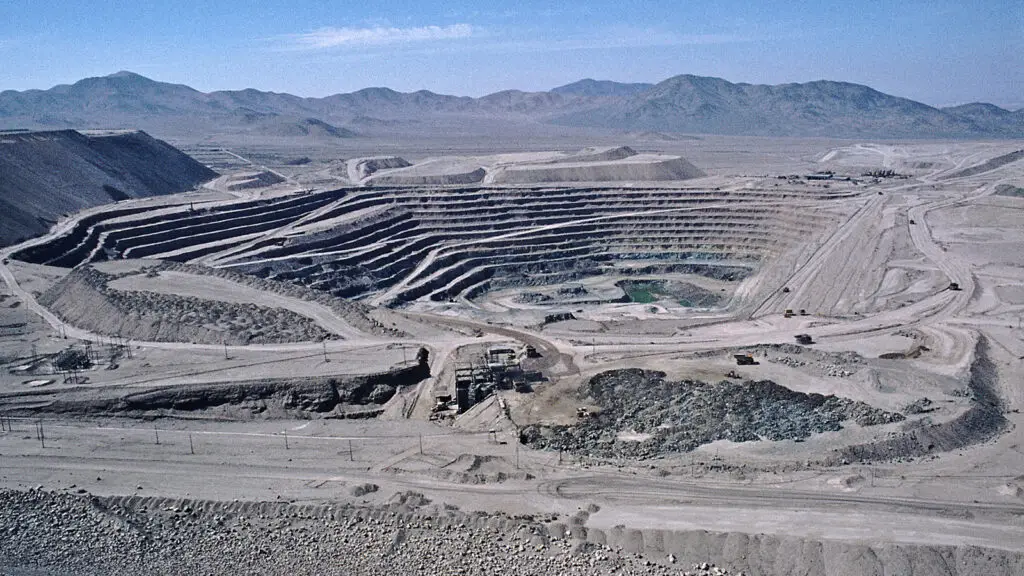
Lithium is a critical element in rechargeable batteries used in electric vehicles, smartphones, and energy storage systems. As EV adoption continues to climb and governments push for greener energy, demand for lithium is expected to soar. According to Benchmark Mineral Intelligence, lithium demand could increase nearly fivefold by 2030, outpacing supply. This supply-demand imbalance could lead to sharp price increases.
Australia, Chile, and China currently dominate lithium production, but new mining projects are slow to develop due to regulatory and environmental hurdles. This bottleneck may push prices even higher as manufacturers scramble for supply. As the clean energy race accelerates, lithium is being called “the new oil” by market watchers. For investors, this metal is shaping up to be one of the hottest commodities of the decade.
2. Copper
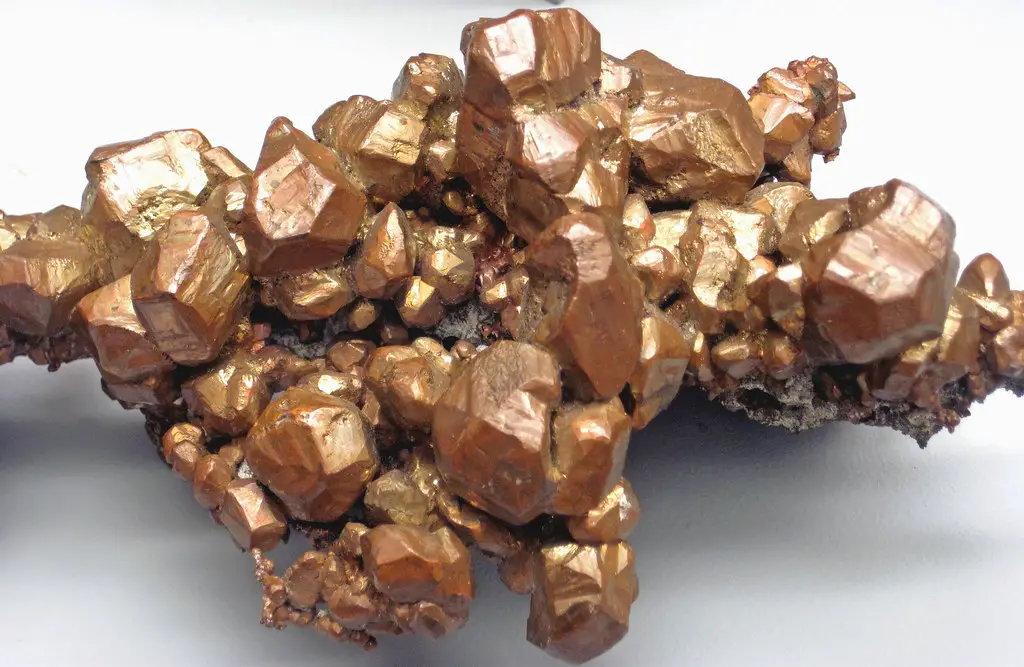
Copper is essential to power grids, electric vehicles, and green infrastructure, making it one of the most sought-after industrial metals. Goldman Sachs famously labeled copper “the new oil” in a 2021 report, citing its indispensable role in electrification. As global decarbonization efforts grow, so too will the demand for copper. Analysts predict a major shortfall in copper supply by the end of the decade.
New copper mining projects face environmental pushback, high development costs, and long lead times. With no quick fix to boost supply, existing copper stocks may become increasingly valuable. Countries such as Peru and Chile are experiencing political instability, which could further disrupt global output. All of these factors combined point toward a substantial price surge by 2030.
3. Cobalt
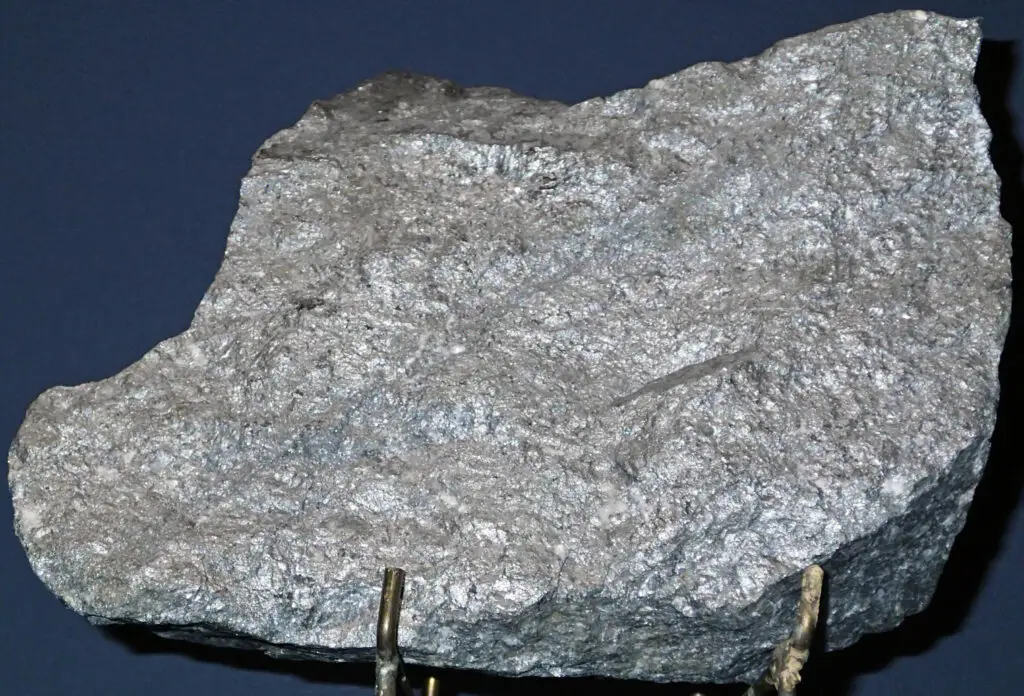
Cobalt is another battery metal that has seen rising demand, particularly for use in electric vehicles and military technologies. The International Energy Agency projects a 21-fold increase in cobalt demand by 2040, with a significant uptick expected well before 2030. Cobalt’s primary source is the Democratic Republic of Congo, a region often criticized for labor conditions and supply instability. These geopolitical risks add pressure to an already tight market.
As tech companies and automakers move to secure long-term cobalt contracts, prices may rise quickly. Some manufacturers are exploring cobalt-free battery alternatives, but those remain limited in scope and availability. In the meantime, demand continues to outpace new supply. Cobalt could be one of the best-performing critical minerals of the next decade.
4. Uranium
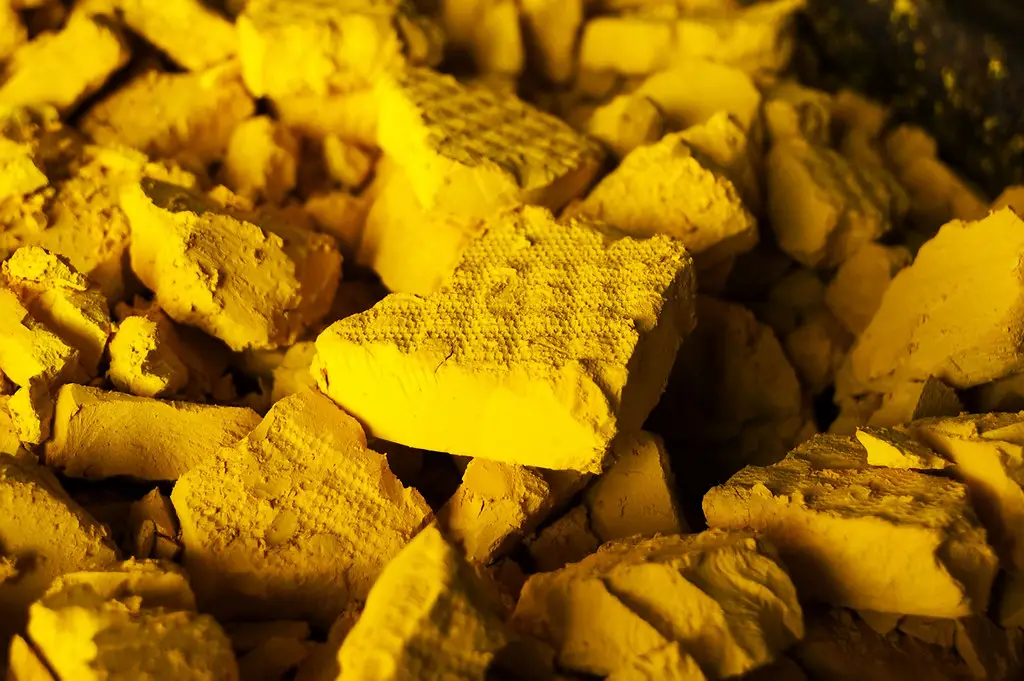
Nuclear energy is regaining favor as a reliable, zero-emissions power source, leading to a resurgence in uranium demand. According to S&P Global, uranium prices could triple by 2030 as more nations extend the life of aging reactors and develop new nuclear projects. Supply constraints, coupled with renewed interest in energy security, are driving this trend. Currently, the market is undersupplied, and investment in new mines remains limited.
Kazakhstan, the world’s largest uranium producer, has faced output disruptions, which adds to the pressure. Meanwhile, countries like China and India are heavily investing in nuclear power infrastructure. This could create a sustained bull market for uranium. For those betting on clean baseload energy, uranium is a high-stakes play with significant upside.
5. Helium
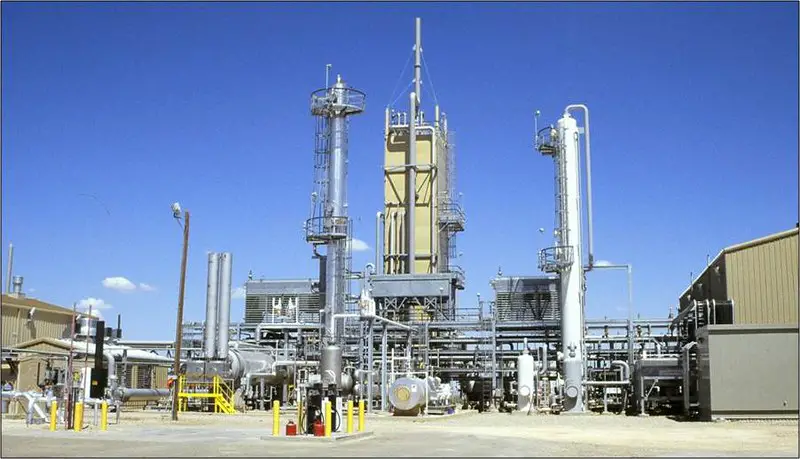
Helium is more than just a party balloon filler — it’s a vital element in medical imaging, scientific research, and semiconductor manufacturing. The global supply is limited, and most helium comes from a handful of sources, including the U.S. and Qatar. As demand in high-tech sectors grows, the scarcity of helium is becoming a serious concern. Production disruptions can lead to price spikes that ripple across multiple industries.
With no synthetic alternative, industries are vulnerable to even minor shifts in supply. MRI machines and chipmakers in particular rely heavily on helium’s cooling properties. As more developing nations adopt advanced technologies, global helium usage is expected to rise. Without significant new reserves, prices could easily triple by the next decade.
6. Rare Earth Elements

Rare earth elements (REEs) are crucial for modern electronics, renewable energy, and defense applications. Neodymium, praseodymium, and dysprosium — used in high-strength magnets — are among the most valuable. China currently controls more than 80% of the rare earth supply chain, which has raised security concerns among Western nations. Efforts to diversify supply may drive prices up due to the complexity and cost of mining these elements elsewhere.
Developing domestic mining operations in the U.S., Australia, and Canada is a slow and expensive process. At the same time, clean energy and electric vehicles continue to drive up demand for REEs. With global competition for these elements intensifying, price volatility is expected. Investors see REEs as a strategic long-term play.
7. Phosphorus

Phosphorus is a key nutrient in fertilizer, and global food security depends on its availability. The element cannot be synthetically produced, which makes phosphate rock an irreplaceable resource. Supplies are concentrated in Morocco, China, and the U.S., and geopolitical tensions could disrupt access. As agricultural demands rise with the global population, phosphorus could become a high-value commodity.
Some experts warn that easily extractable phosphate reserves are dwindling. Environmental concerns also limit expansion of mining activities. With food production increasingly reliant on efficient fertilizer use, phosphorus is indispensable. Price hikes may be unavoidable as global farming demands escalate.
8. Graphite
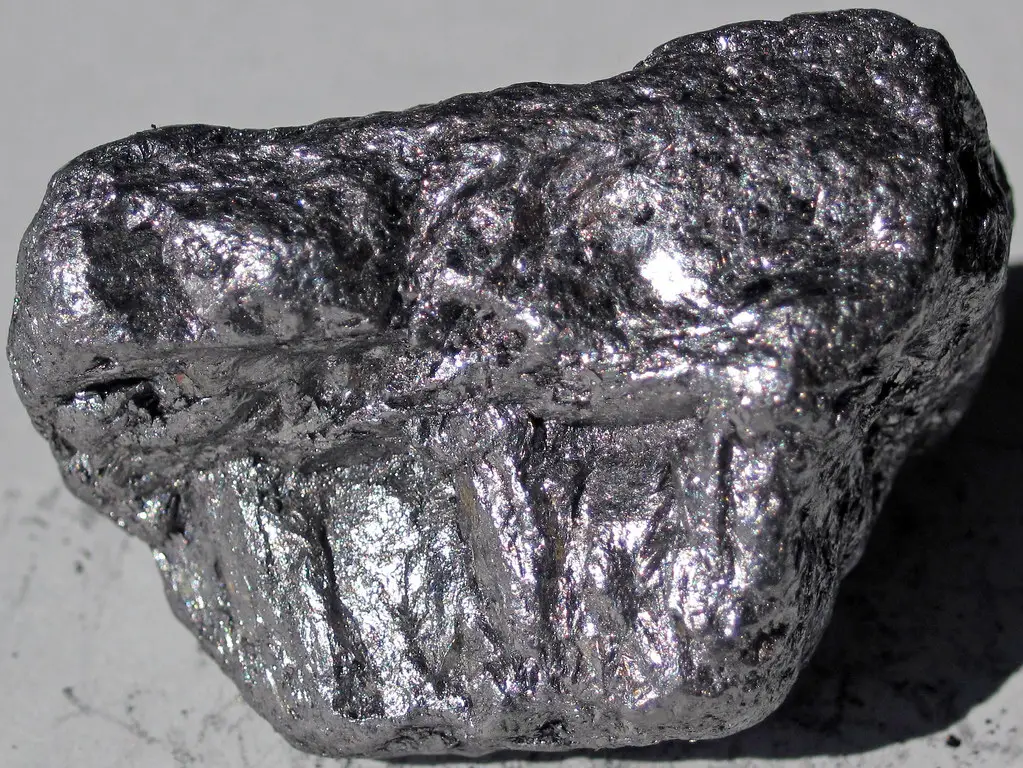
Graphite is used extensively in EV batteries, particularly in the anodes. It is the single largest component by volume in a lithium-ion battery. Although natural graphite is widely available, battery-grade graphite requires complex purification processes. Supply chain bottlenecks are already forming as demand surges.
China currently dominates graphite processing, raising concerns about long-term supply reliability. The U.S. and other countries are seeking domestic alternatives, but these projects are still in early stages. As EV sales accelerate, demand for graphite is projected to outstrip supply. The result could be a steep increase in prices over the coming years.
9. Water Rights

Freshwater scarcity is a growing global concern, especially in the western U.S., India, and parts of Africa. As climate change disrupts rainfall and accelerates droughts, access to clean water is becoming more valuable. In some regions, investors are already trading water rights on futures markets. This trend suggests that water could soon be treated as a financial asset.
Agriculture, industry, and population growth all increase pressure on finite water supplies. Desalination and conservation help but can’t fully close the gap. Without better infrastructure and policies, water costs may soar. By 2030, water rights could be among the most coveted — and costly — commodities.
10. Silver
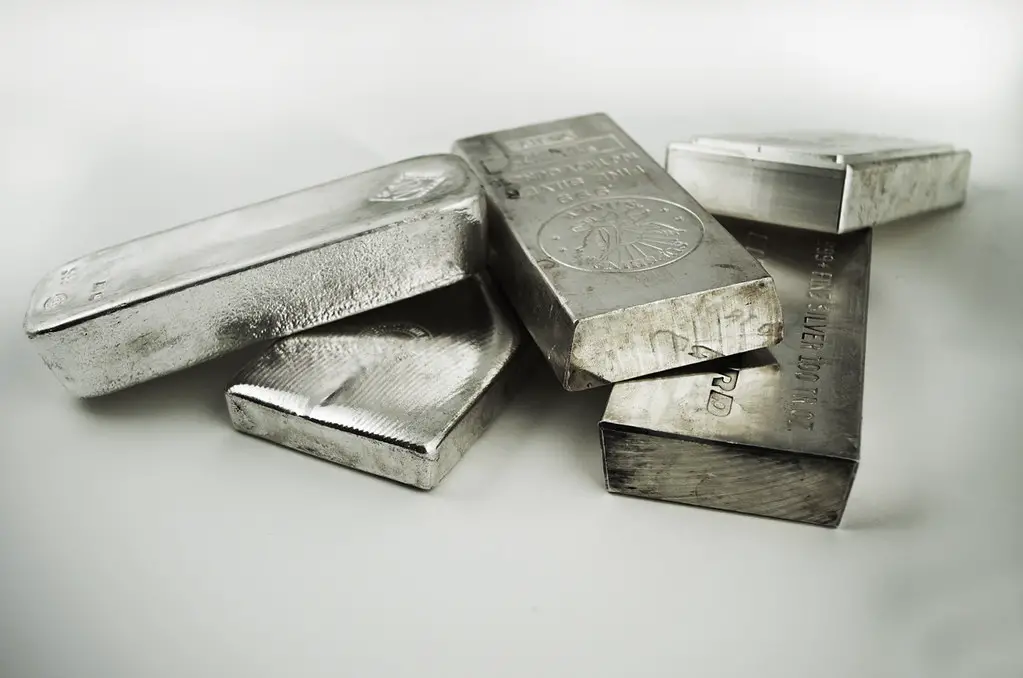
Silver has long been valued for both industrial uses and as a store of wealth. It’s crucial in solar panels, electronics, and even antimicrobial medical products. As the renewable energy sector grows, silver demand is expected to surge. Meanwhile, silver supply has remained relatively flat over the past decade.
Mining challenges and declining ore quality are making new silver production more expensive. Additionally, investor demand for silver as a hedge against inflation is rising. If these trends continue, silver could outperform many traditional assets. Triple-digit price targets by 2030 are not out of the question for this metal.
11. Nickel

Nickel is a key ingredient in EV batteries, especially for higher-energy-density variants. Demand is rising quickly as manufacturers aim to improve battery performance and longevity. Indonesia and the Philippines are major suppliers, but political and environmental challenges loom large. The global energy transition depends on a stable nickel supply.
Processing nickel into battery-grade material is complex and costly. As more EV factories open, the pressure on nickel production will intensify. If supply can’t keep up, prices are likely to climb sharply. Nickel is increasingly seen as a linchpin of the electric future.
12. Wheat

Wheat is a staple food for billions and a barometer for global food stability. Climate change, supply chain disruptions, and geopolitical tensions are all impacting wheat production. Droughts in North America and export restrictions from major producers have led to price volatility. If these patterns persist, wheat prices could surge by 2030.
Technological advances may help improve yields, but adoption is uneven across regions. Population growth and dietary shifts in developing nations also drive higher demand. With food inflation already a concern, wheat is on many analysts’ watch lists. Future spikes could reshape food markets and government policies alike.
13. Natural Gas
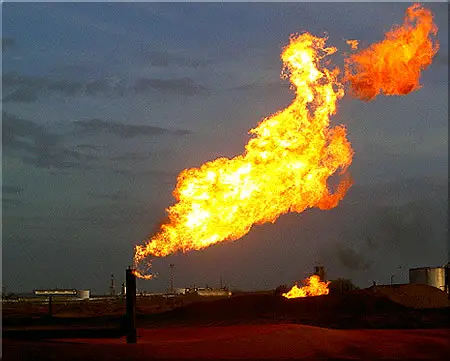
Natural gas is central to heating, power generation, and manufacturing. Although the world is moving toward renewables, natural gas remains a bridge fuel during the energy transition. The war in Ukraine highlighted how geopolitical risks can dramatically impact gas markets. If supply tightens, prices may skyrocket, especially in Europe and Asia.
LNG (liquefied natural gas) infrastructure is expanding, but it takes years to build new terminals. Meanwhile, demand in emerging economies continues to rise. As countries wean off coal, natural gas plays a vital interim role. Price instability may persist well into 2030.
14. Cocoa
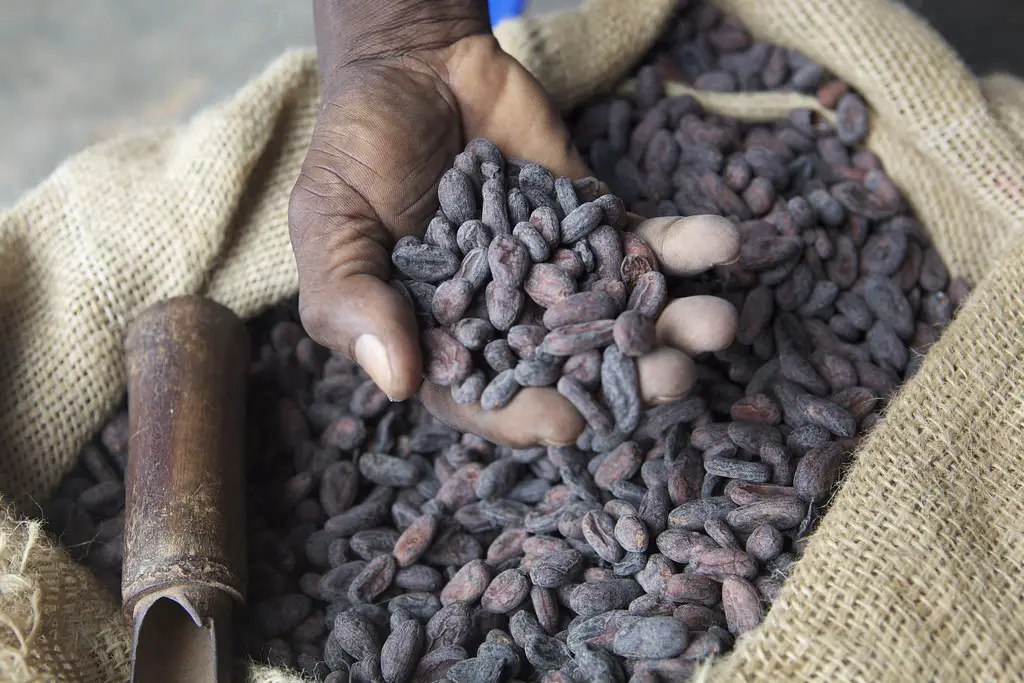
Cocoa prices have hit record highs in recent years due to poor harvests and rising demand. Climate change is affecting major producers like Ghana and Ivory Coast, reducing yields and threatening supply. Meanwhile, global chocolate consumption continues to grow, especially in developing markets. This imbalance could lead to sustained price inflation.
Cocoa farmers often face economic hardships, which discourages future investment in production. Without intervention, the supply chain could become even more fragile. Analysts warn that chocolate may become significantly more expensive in the coming years. Cocoa is emerging as one of the more surprising high-growth commodities of the decade.
